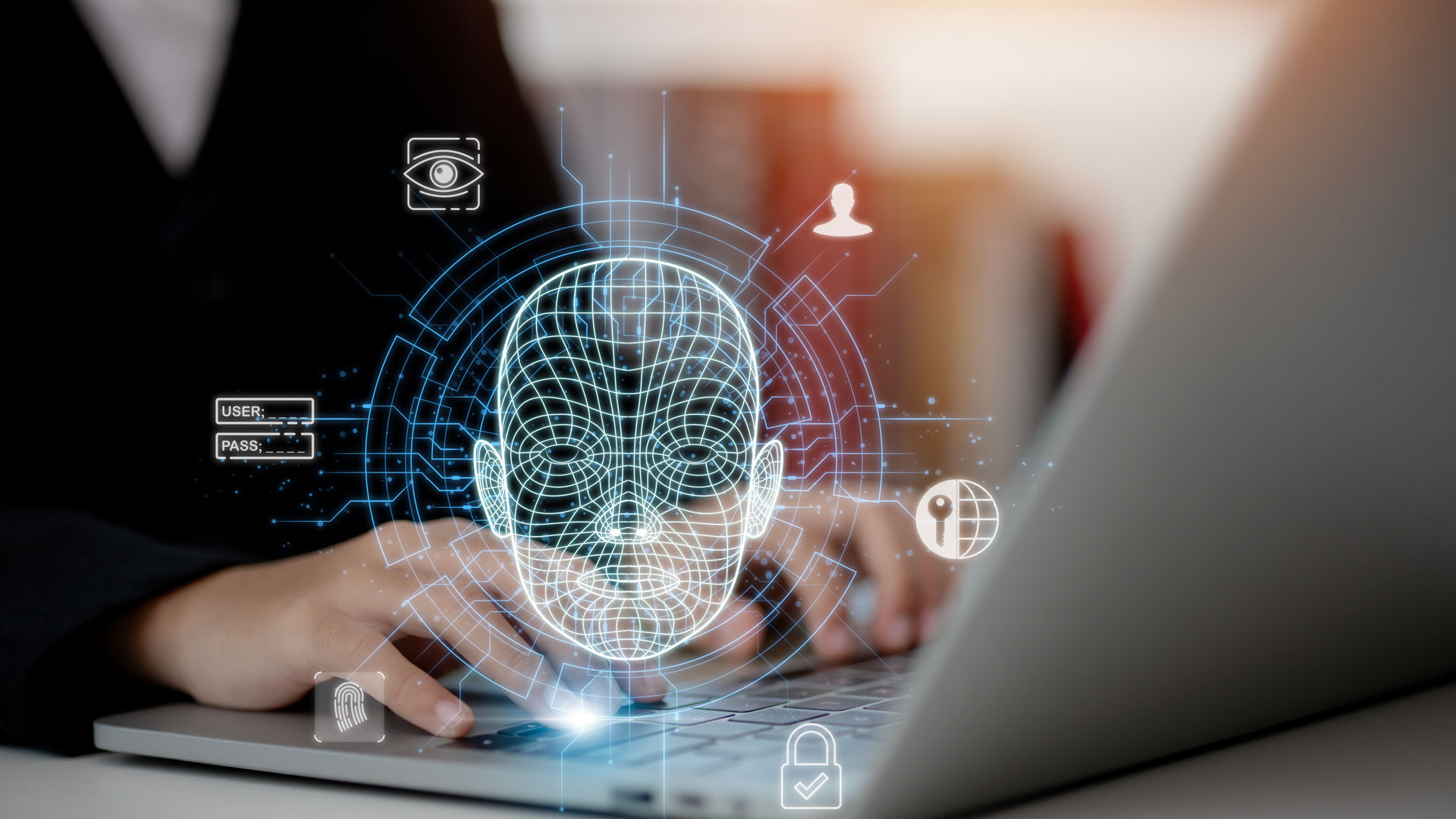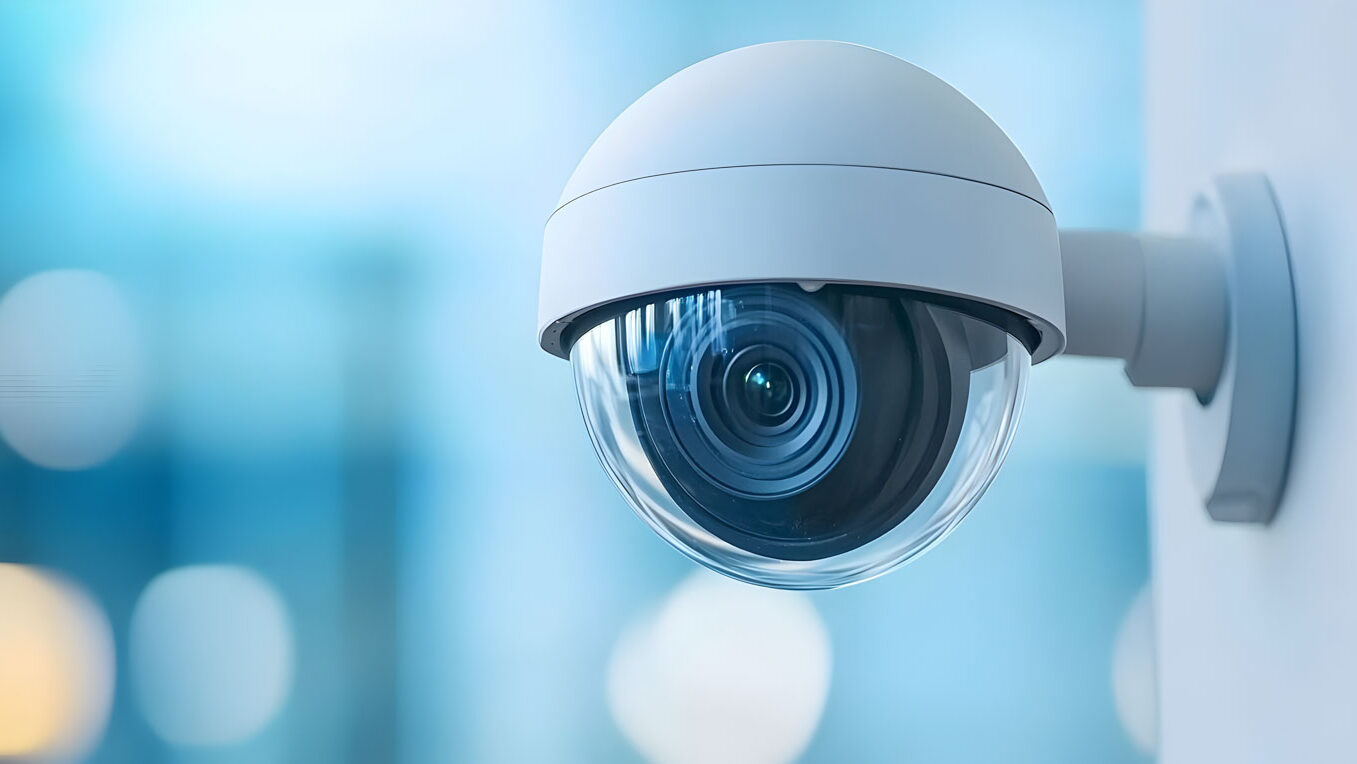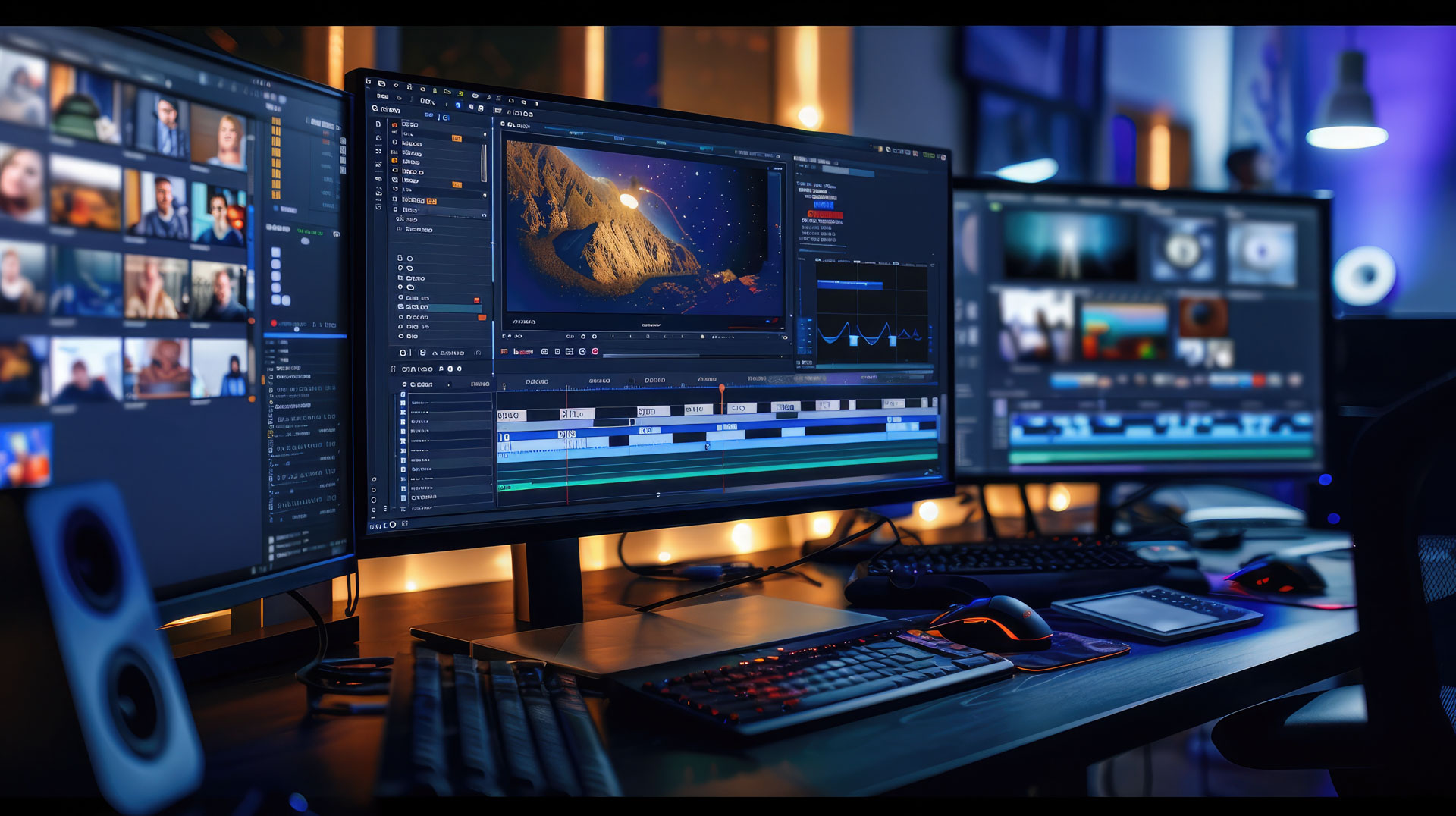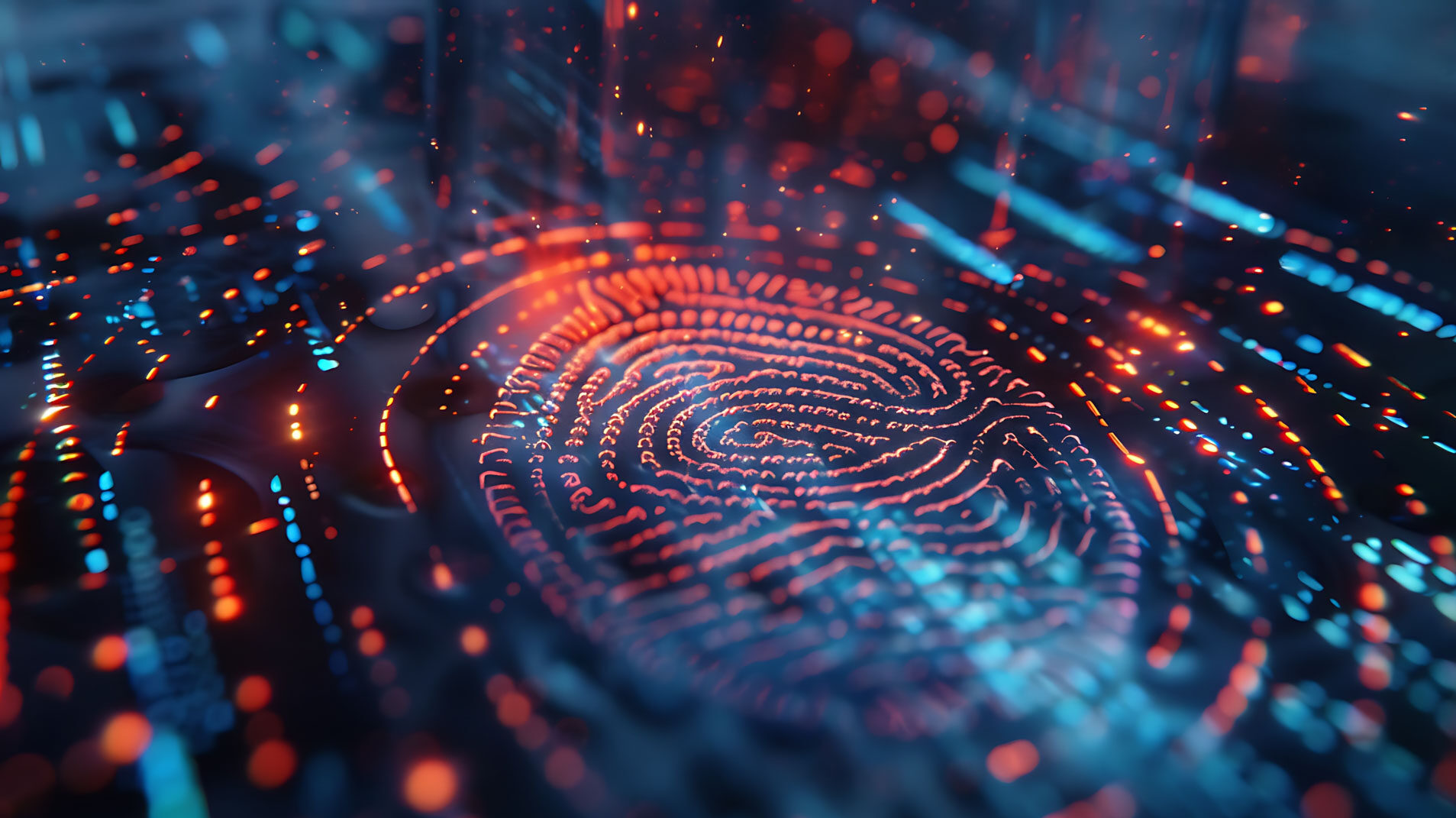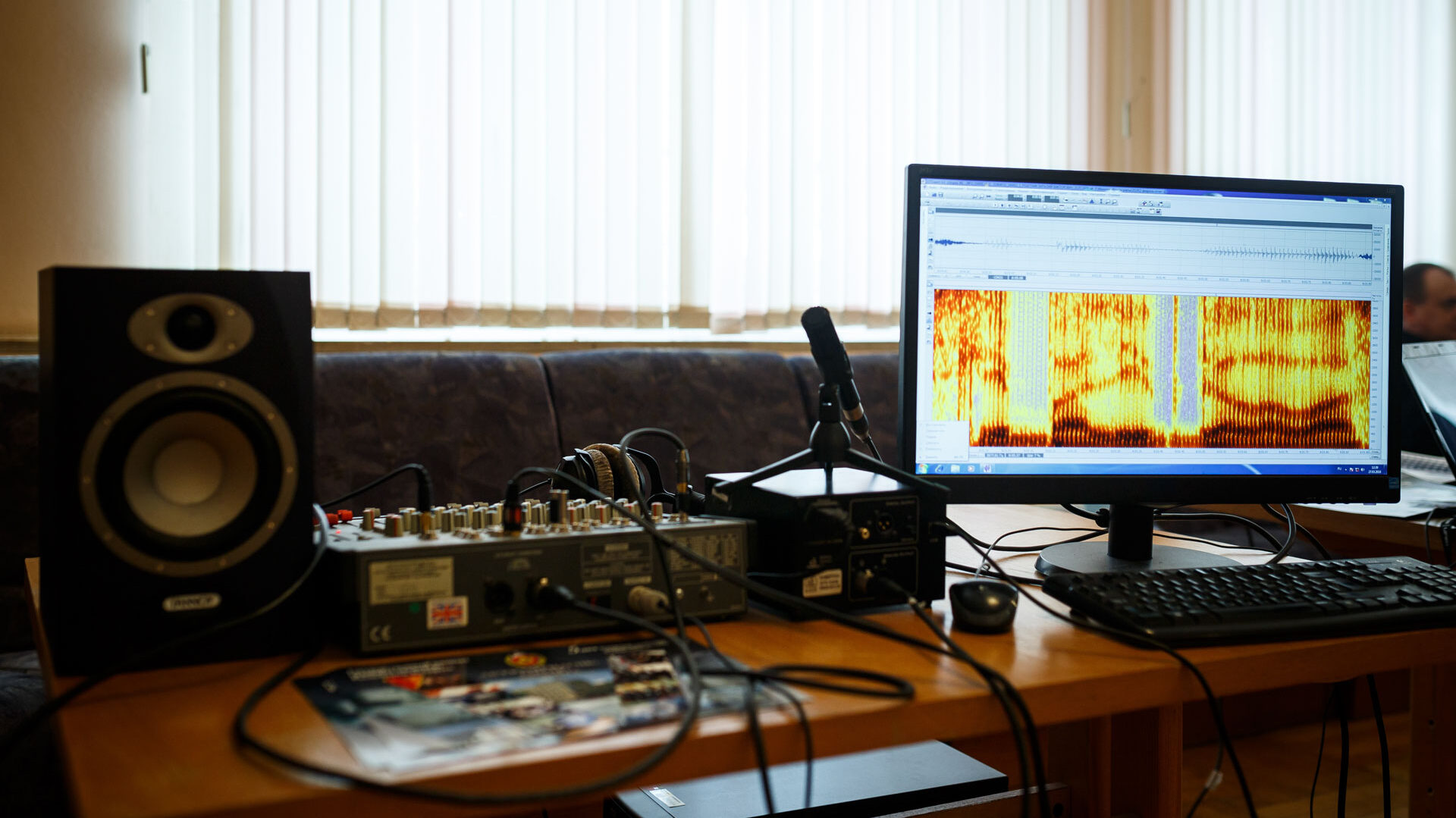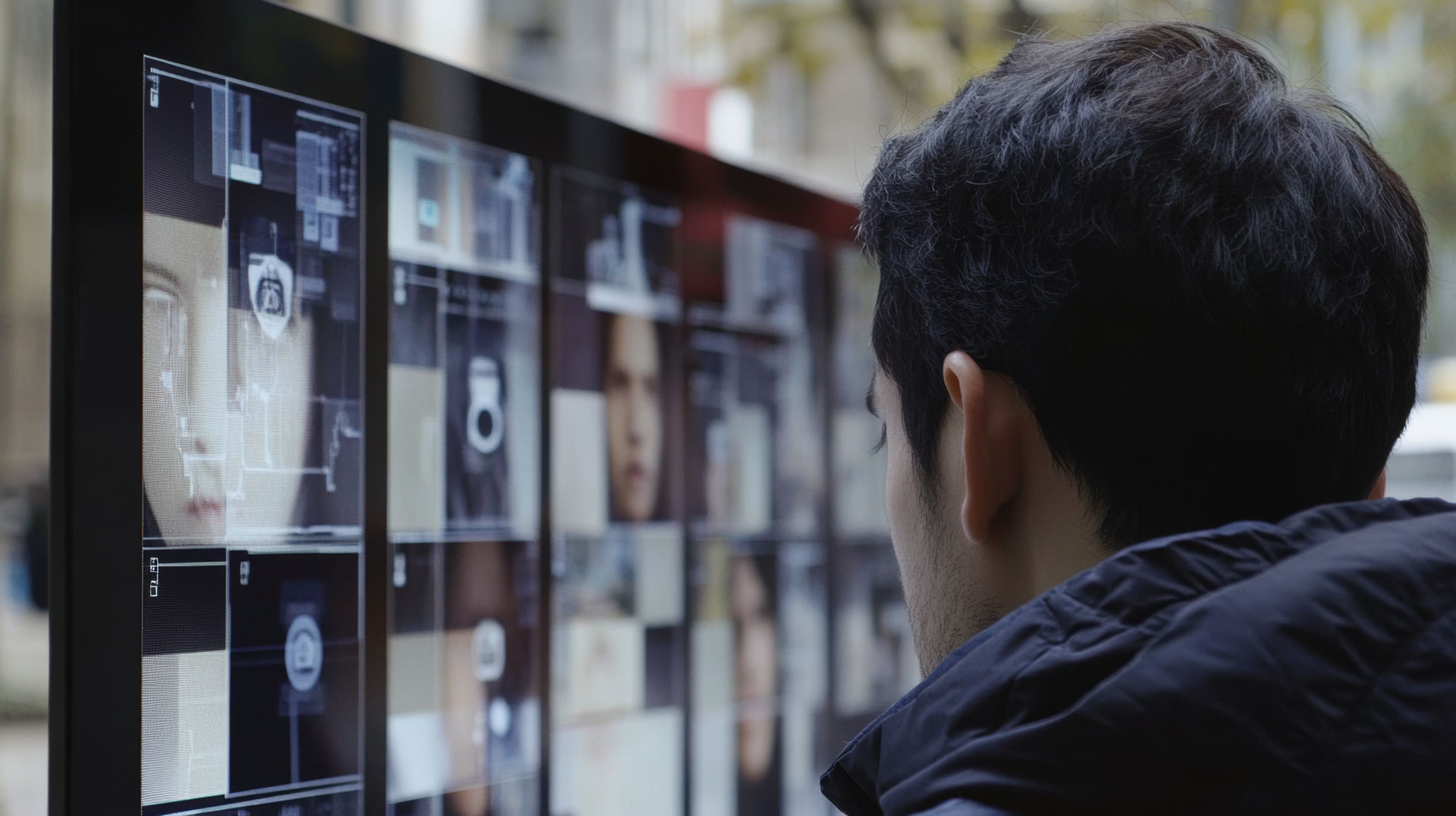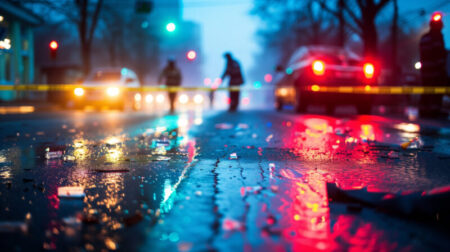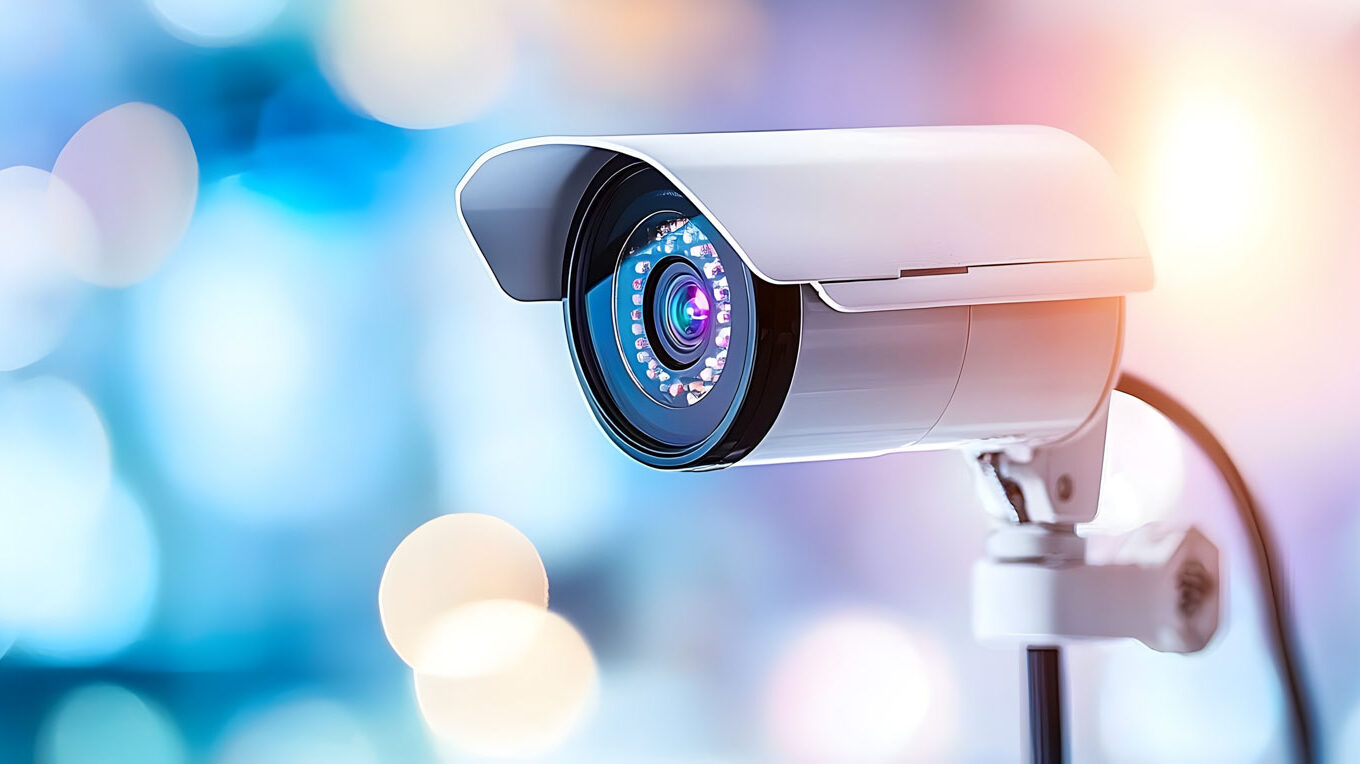
Level 2: Digital Multimedia Evidence Processing
Kansas City Regional Police Academy 6885 NE Pleasant Valley Rd, Kansas City, MO, United StatesThe public expectation today is that if a crime occurs, there will be video/audio of the incident. There is a significant, specific skill set that investigators need to properly handle and process the digital multimedia evidence that gets collected. If the DME is not handled and processed carefully, according to best practices, the video/audio might not be interpreted accurately. This course exposes students to more advanced theory and hands-on techniques that conform to the Best Practices for the Acquisition and Processing of Digital Multimedia Evidence (DME).
